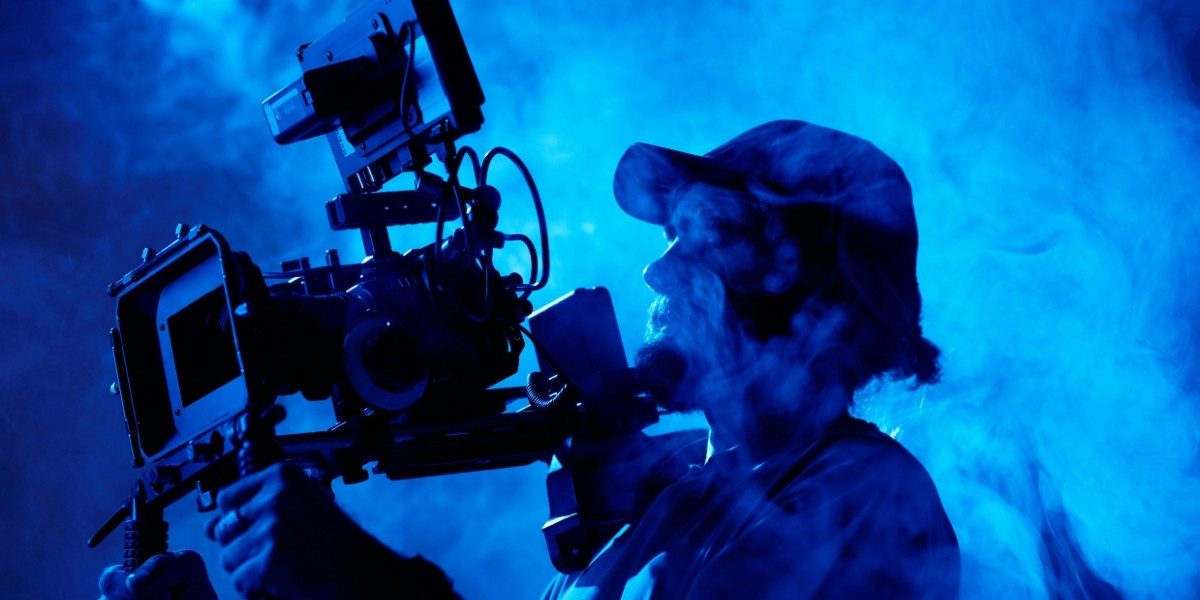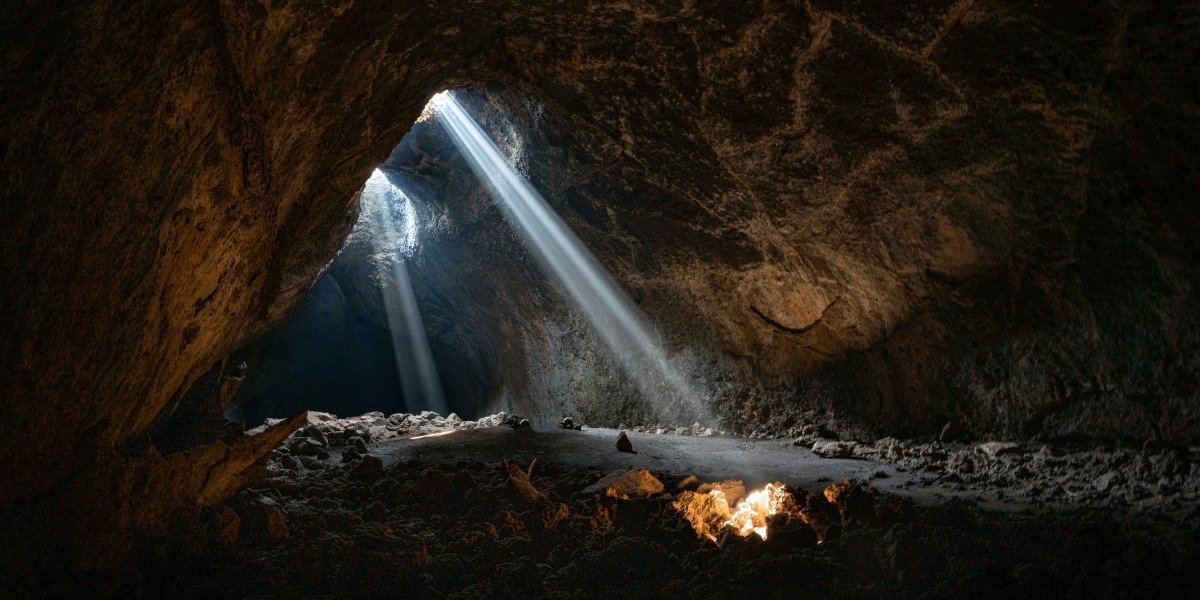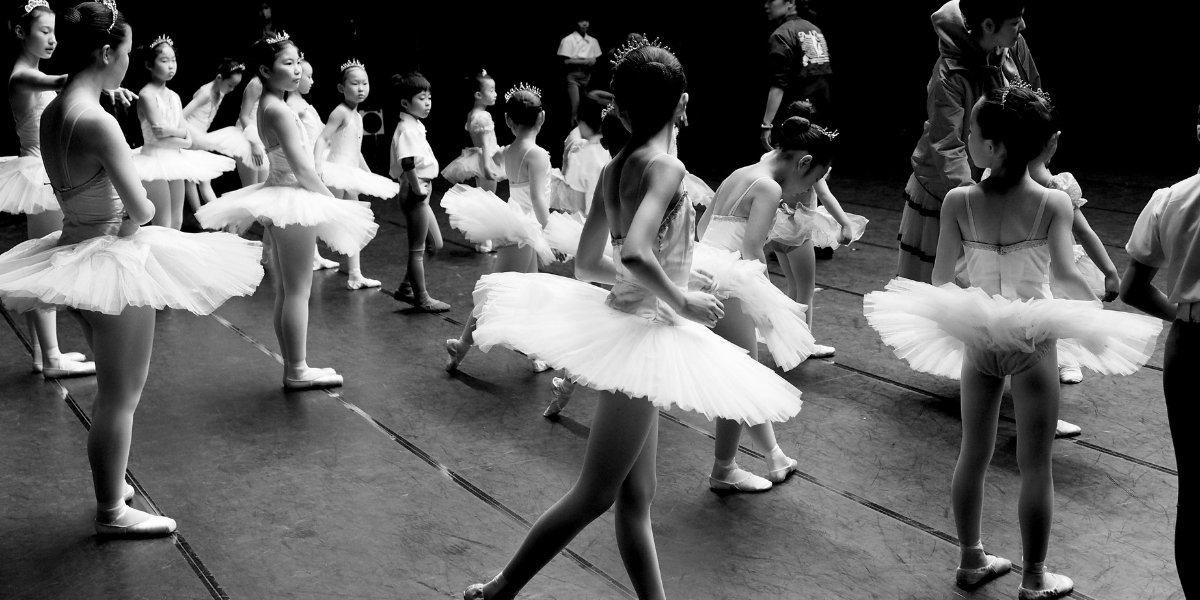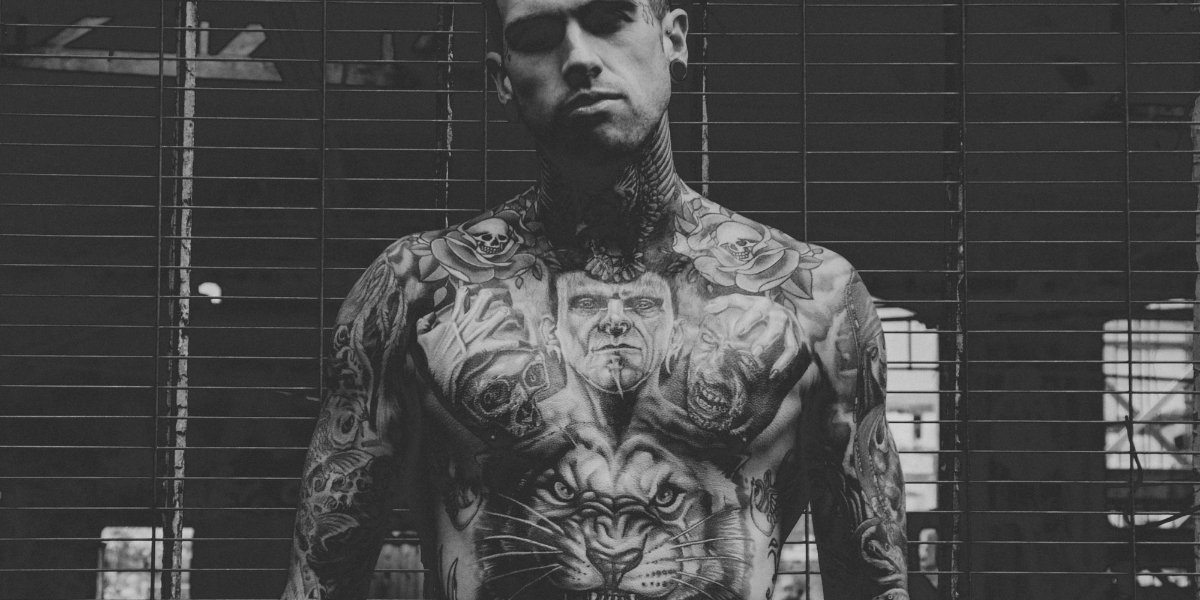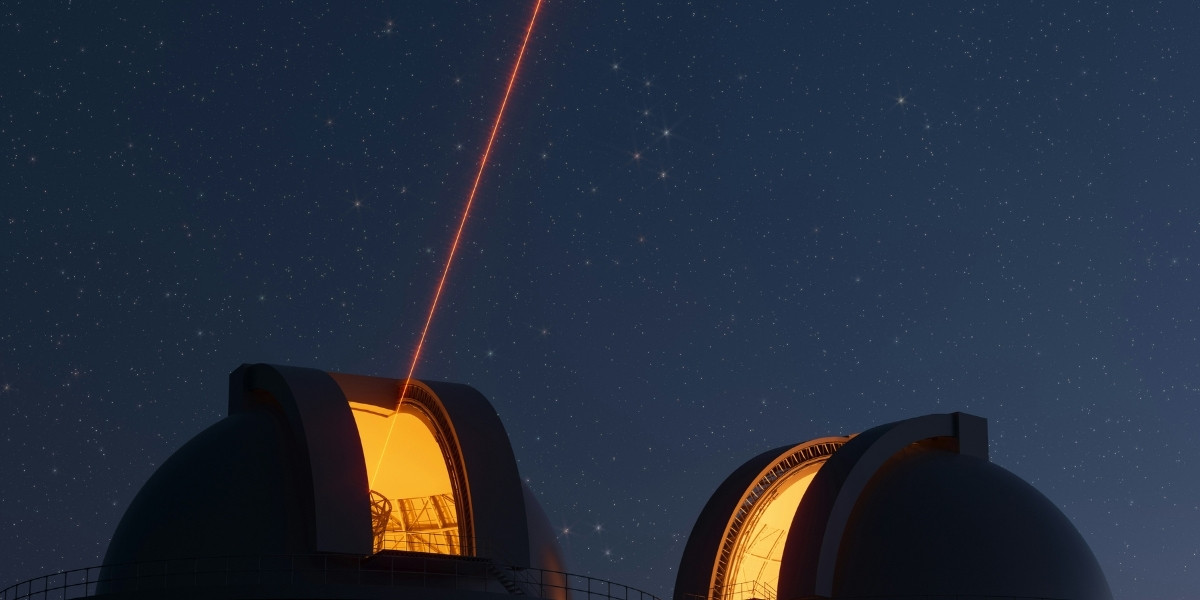The Evolution of Cinematography in Modern Films
Cinematography has always been at the heart of storytelling in film, guiding how audiences perceive the story through light, composition, and movement. However, in recent years, filmmakers have pushed the boundaries of traditional cinematography with new techniques and technologies, creating visually immersive experiences that captivate audiences. These innovations range from the use of virtual environments and drones to revolutionary lighting techniques and dynamic camera movements.
As modern films evolve, cinematography is no longer just about capturing a scene—it’s about enhancing emotion, atmosphere, and narrative through visually compelling methods. Filmmakers are experimenting with new tools, perspectives, and technologies to convey deeper layers of meaning, making today’s films more engaging than ever.
Read Also: How USA’s Transport Systems Are Evolving to Meet Demand
Virtual and Digital Cinematography: The Rise of Virtual Sets
One of the most significant advancements in modern cinematography is the rise of virtual sets and digital environments, popularized by films like The Mandalorian. Rather than constructing elaborate physical sets, filmmakers are turning to digital technologies to create immersive worlds.
The Use of LED Walls and Virtual Production
In virtual production, large LED walls and ceiling panels are used as a backdrop, displaying dynamic and real-time CGI environments. The actors perform in front of these screens, providing a natural interaction with the virtual world around them. This technique has allowed for more seamless integration of live-action footage with computer-generated environments, reducing the need for green screen and post-production work.
By using LED walls, filmmakers can simulate realistic lighting, reflections, and depth, offering actors a more authentic experience while enhancing the visual quality of the scene. This technology also cuts down on the need for travel or on-location shooting, making it easier to film complex scenes while keeping production costs down.
Drone Cinematography: Elevating Perspective and Action
Another game-changing technique in modern cinematography is the use of drones for capturing breathtaking aerial shots. Drone cinematography has opened up a new world of possibilities, allowing filmmakers to shoot from perspectives previously only achievable with expensive helicopter rigs.
Dynamic Aerial Shots and Fluid Movement
Drones enable smooth and dynamic aerial shots, following characters or sweeping over landscapes with ease. These shots offer an unprecedented sense of scale, immersing the audience in vast, wide-open environments or fast-paced action scenes. Whether capturing a bustling cityscape or the intensity of a high-speed chase, drones allow for stunning shots that would otherwise require complex and costly equipment.
The ability to fly a drone through tight spaces, down narrow streets, or over rugged terrain also provides filmmakers with a level of agility and flexibility that was once impossible. This ability to capture movement from above, while maintaining fluidity and stability, has made drone cinematography a staple in modern action films, documentaries, and even music videos.
Camera Movement: Steadicams and Dynamic Action Sequences
Camera movement has always been an essential component of cinematography, but recent advancements in technology have given filmmakers more tools to create dynamic and immersive sequences.
The Use of Steadicams and Gimbals
Steadicams and gimbals have become standard tools for capturing smooth, controlled camera movements in any environment. These devices allow filmmakers to achieve fluid, precise movements while maintaining stability, even during complex shots. They’ve become especially useful in scenes requiring long takes or tracking shots, where the camera follows a character or action through a continuous movement.
In films like Birdman or 1917, steadicams were employed to create the illusion of a single continuous shot, where the camera follows the characters through various locations in real-time. This technique brings an added level of immersion, drawing the audience deeper into the world of the film and increasing the emotional intensity of the scene.
Handheld Cinematography and Dynamic Movement
Conversely, handheld cinematography has become an essential tool in creating more raw and visceral visual experiences. By utilizing handheld cameras, filmmakers are able to create a sense of intimacy, instability, and urgency. This approach is often used in high-stakes scenes, like chase sequences or moments of intense emotion, where the shaky, unpredictable movement mirrors the chaos of the situation.
Recent films have further refined this technique, using it in combination with steadicam and gimbal shots to create a blend of dynamic and intimate perspectives.
Lighting Innovations: From Traditional to Modern Techniques
Lighting is an essential element of cinematography, and as film technology has evolved, so too have lighting techniques. While traditional lighting setups remain foundational, new methods are offering filmmakers more creative flexibility in setting the mood and tone of a scene.
Practical Lighting and Naturalism
Filmmakers have increasingly turned to more naturalistic lighting, often using existing light sources or modifying natural light to create a more realistic atmosphere. This approach enhances the authenticity of a scene, whether it’s the soft glow of sunset or the harsh shadows cast by a streetlamp at night.
Films like The Revenant pushed the limits of natural lighting, with director Alejandro González Iñárritu using only natural light during many of the film’s outdoor sequences. This allowed the cinematography to capture the raw beauty of nature and heightened the sense of realism.
LED Technology and Color Control
LED technology has also revolutionized how cinematographers control light in a scene. LEDs offer a wide range of color temperatures and can be adjusted in real-time, allowing for more flexibility in lighting design. This has made it easier for filmmakers to control the mood of a scene, shifting the lighting dynamically to match the story’s emotional arc.
In addition, LED lights are more energy-efficient and portable, reducing the need for large, cumbersome lighting setups. This technology has been particularly beneficial for independent filmmakers and smaller productions, who previously might have struggled to afford the elaborate lighting rigs used on major studio sets.
Visual Effects and Practical Effects: Blending the Real with the Digital
Visual effects (VFX) have always been a cornerstone of modern filmmaking, but recent innovations have blurred the line between practical effects and digital effects. In films like Avatar and Inception, the integration of digital and practical effects has created immersive, visually stunning worlds.
Practical Effects Enhanced by VFX
One of the more recent trends in filmmaking is the use of practical effects enhanced by VFX, rather than relying solely on CGI. This combination creates a more tangible, physical feel for the audience, while still allowing for otherworldly or impossible visuals. For example, in Mad Max: Fury Road, many of the high-octane car chases were filmed using real vehicles and stunts, but digital effects were used to enhance the explosions, speed, and other elements of the sequence.
This balance of practical and digital effects has made films more believable and engaging, as the audience is presented with a grounded physical reality enhanced by surreal or fantastical elements.
Read Also: Exploring National Parks: Top Outdoor Adventures in the U.S.
The Future of Cinematography
The future of cinematography in modern films is bright, with innovations continually reshaping how stories are told on the big screen. As new technologies emerge, filmmakers will have even more tools at their disposal to craft visually compelling, emotionally resonant experiences that push the boundaries of what’s possible. Whether through virtual sets, dynamic camera movements, or stunning lighting techniques, modern cinematography continues to evolve, ensuring that the art of filmmaking remains an exciting and ever-changing medium.

